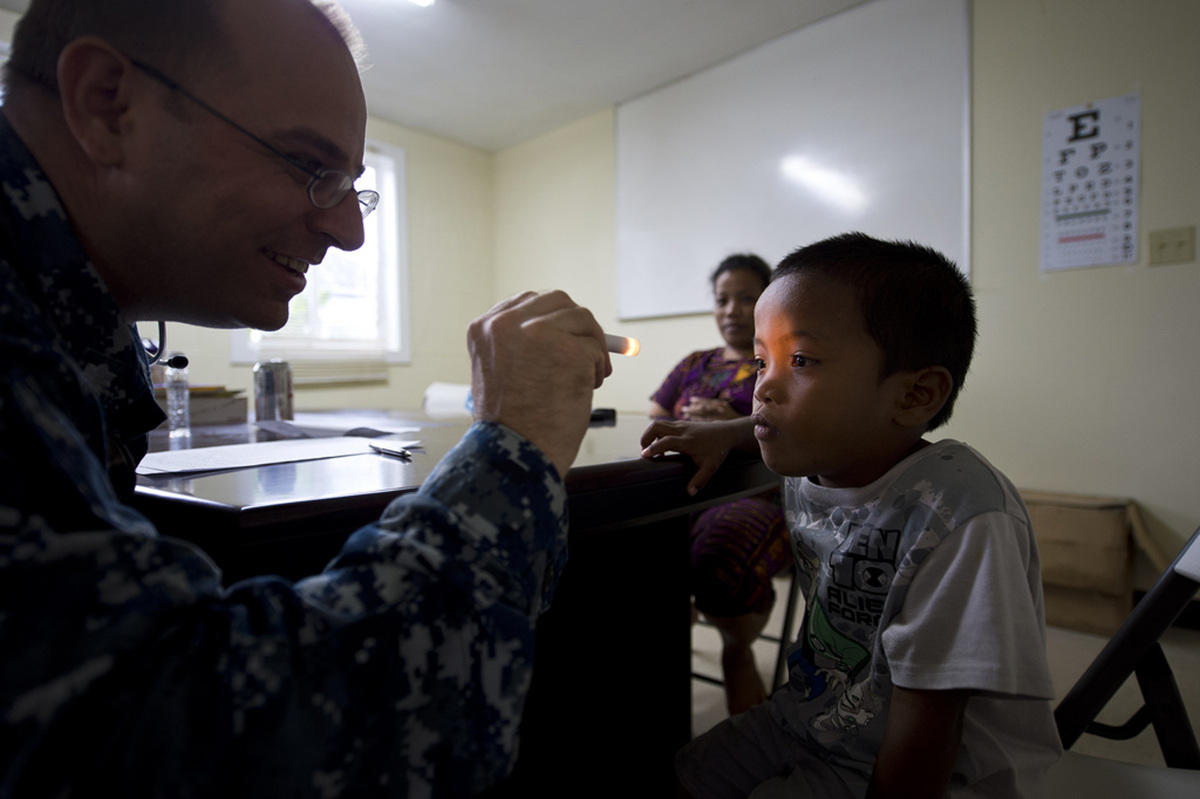Table of Contents
Retinoblastoma can occur in one or both eyes, but bilateral retinoblastoma is usually diagnosed before a child reaches their first birthday.

The signs are the same regardless of whether it affects one or both eyes:
- Leukoria: That white spot that Julie, Avery's mother, spotted, is present in the majority of cases of retinoblastoma. While leukoria can also be a signn of numerous other medical conditions including Coats disease, melanoma, corneal scarring and congenital cataracts, parents who spot white reflections in their children's eyes should always take this very seriously and seek medical help immediately.
- Strabismus, more commonly known as being "crossed-eyed" or "wall-eyed", is a situation in which both eyes can't focus on the same point. Instead of the eyes being aligned to focus on one thing, one or both eyes can look up, down, left, or right. Strabismus is the second most common sign of retinoblastoma.
- More advance retinoblastoma can lead to pain, glaucoma, or buphthalmos (an enlargement of the eyeball).
- In even more advanced retinoblastoma, mestases can occur.
Julie told the press that she noticed a weird reflection in her son's eye even before she took the picture that ultimately led to his diagnosis. It is important to note that these changes cannot always be seen with the naked eye. Back in 2010, another report of a mother who spotted "white eye" in her son's photograph appeared in the press. Jacob was nine months when his mother Samantha Rouse, an auxiliary nurse, noticed this tell-tale sign. Samantha, from the UK, told the press that medical staff weren't as quick to take this case seriously: "He was just a normal happy baby. It was only when I got some photos developed that I noticed Jacob's eye was white. Nobody believed there was anything wrong, even my GP told me it was just the flash and he was reluctant to refer us." This is why being aware of the possibility of retinoblastoma is so important.
READ Warning Signs Your Child Needs Glasses (And Why Your Child Needs An Eye Test Even Without Them)
Retinoblastoma: Diagnosis
Retinoblastoma can be diagnosed through a thorough eye exam under general anesthesia with maximally dilated pupils, and MRI and CT scans may follow. Though rare, this condition — along with a wide range of other ocular health issues — represents a very good reason for parents to get their children's eyes checked at an early age. Pediatricians typically carry out routine eye exams, and though these may well find retinoblastoma, making an appointment with a qualified ophtalmologist is a good idea for every parent. These eye exams do not just test for vision, but also serve to find more serious problems such as retinoblastoma. As Avery's case demonstrates, paying close attention to your child's body including their eyes also plays a very important role. Being proactive and not dismissing unusual signs and symptoms can indeed save lives.
- Photo courtesy of efleming via Flickr: www.flickr.com/photos/efleming/2476837123
- Photo courtesy of efleming via Flickr: www.flickr.com/photos/efleming/2476837123
- Photo courtesy of SurfaceWarriors via Flickr: www.flickr.com/photos/navalsurfaceforces/9256638054


Your thoughts on this